-
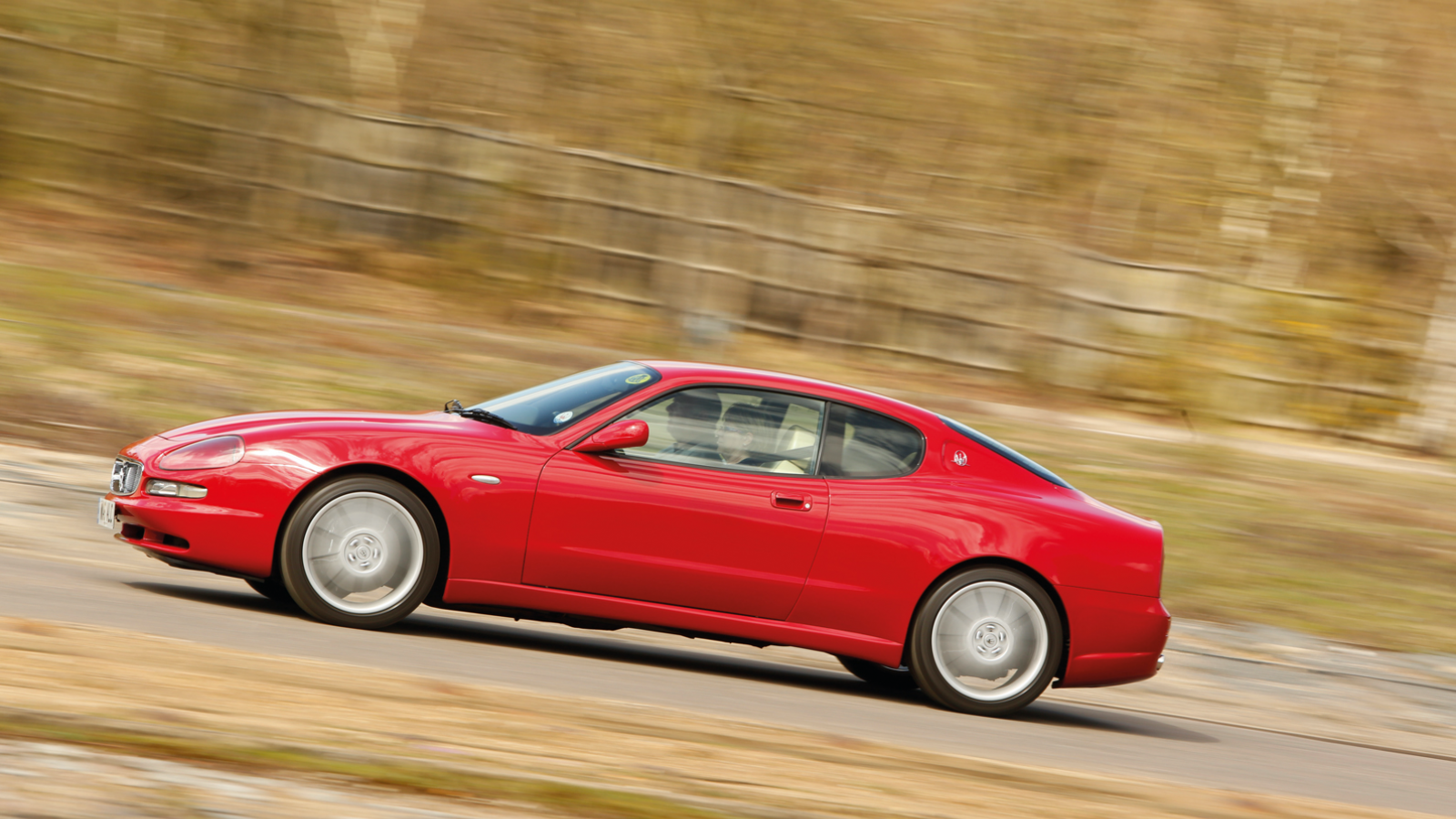 © Classic & Sports Car
© Classic & Sports Car -
 © RM Sotheby’s
© RM Sotheby’s -
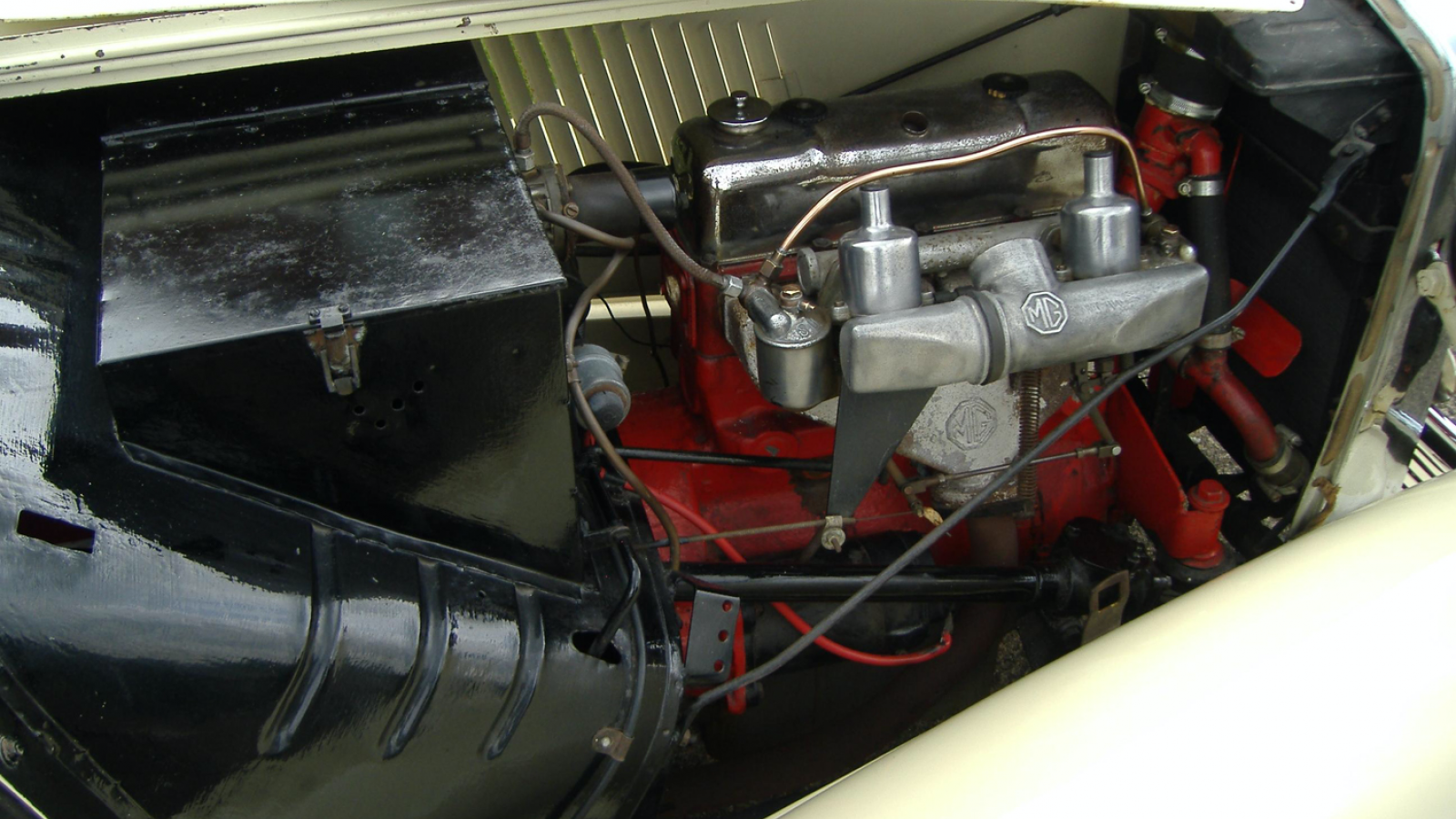 © Bonhams
© Bonhams -
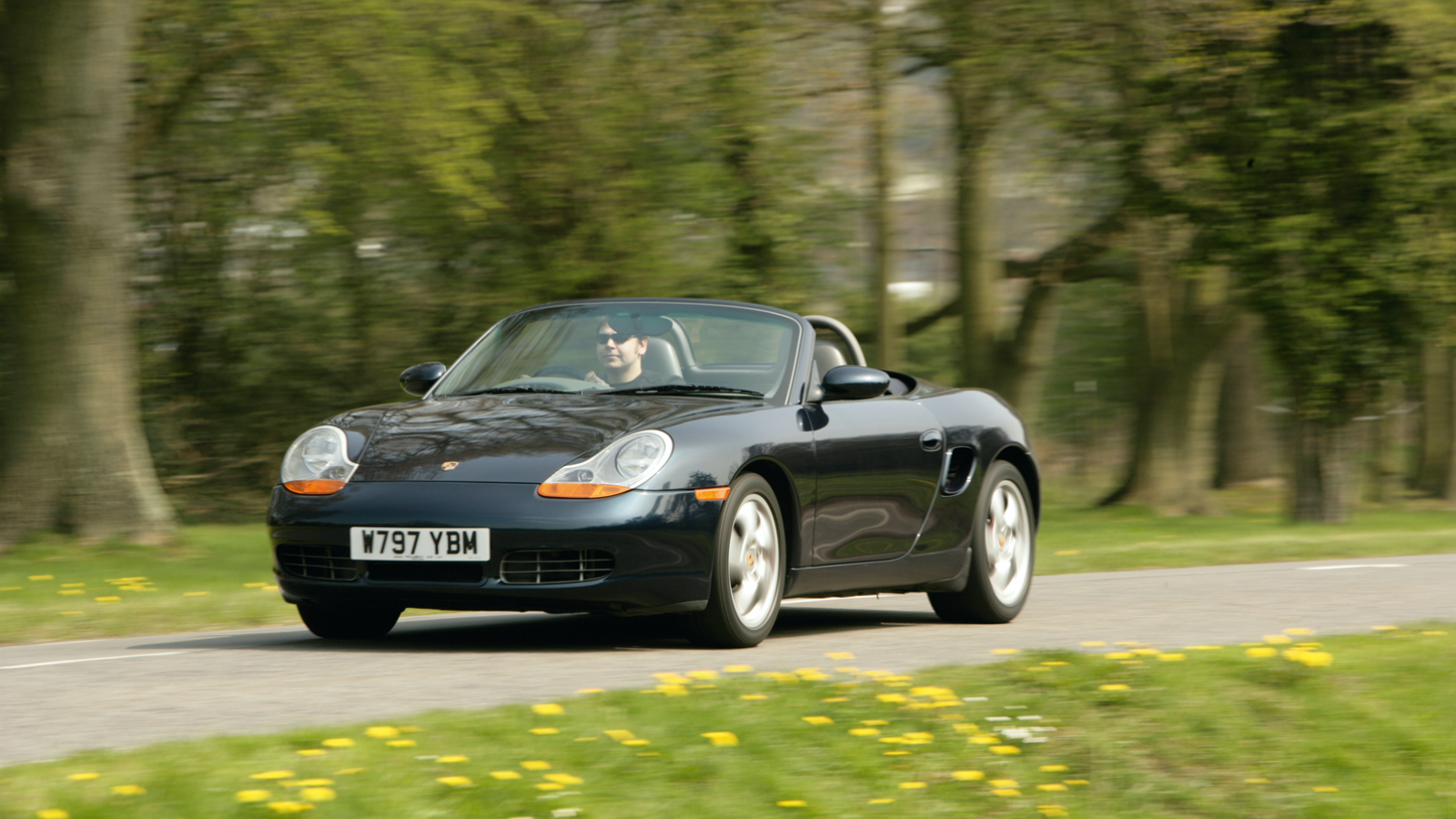 © Classic & Sports Car
© Classic & Sports Car -
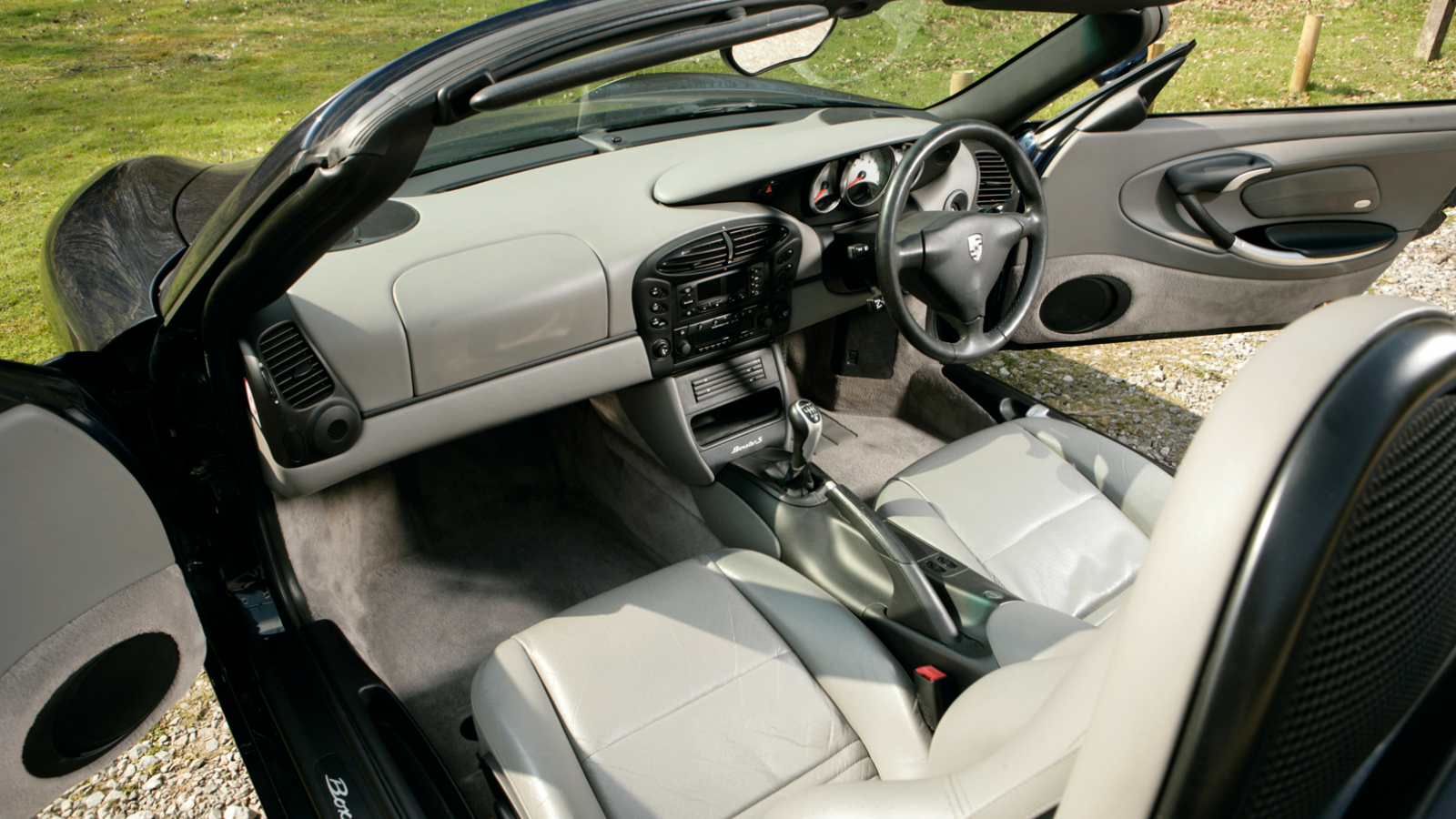 © Classic & Sports Car
© Classic & Sports Car -
 © Newspress
© Newspress -
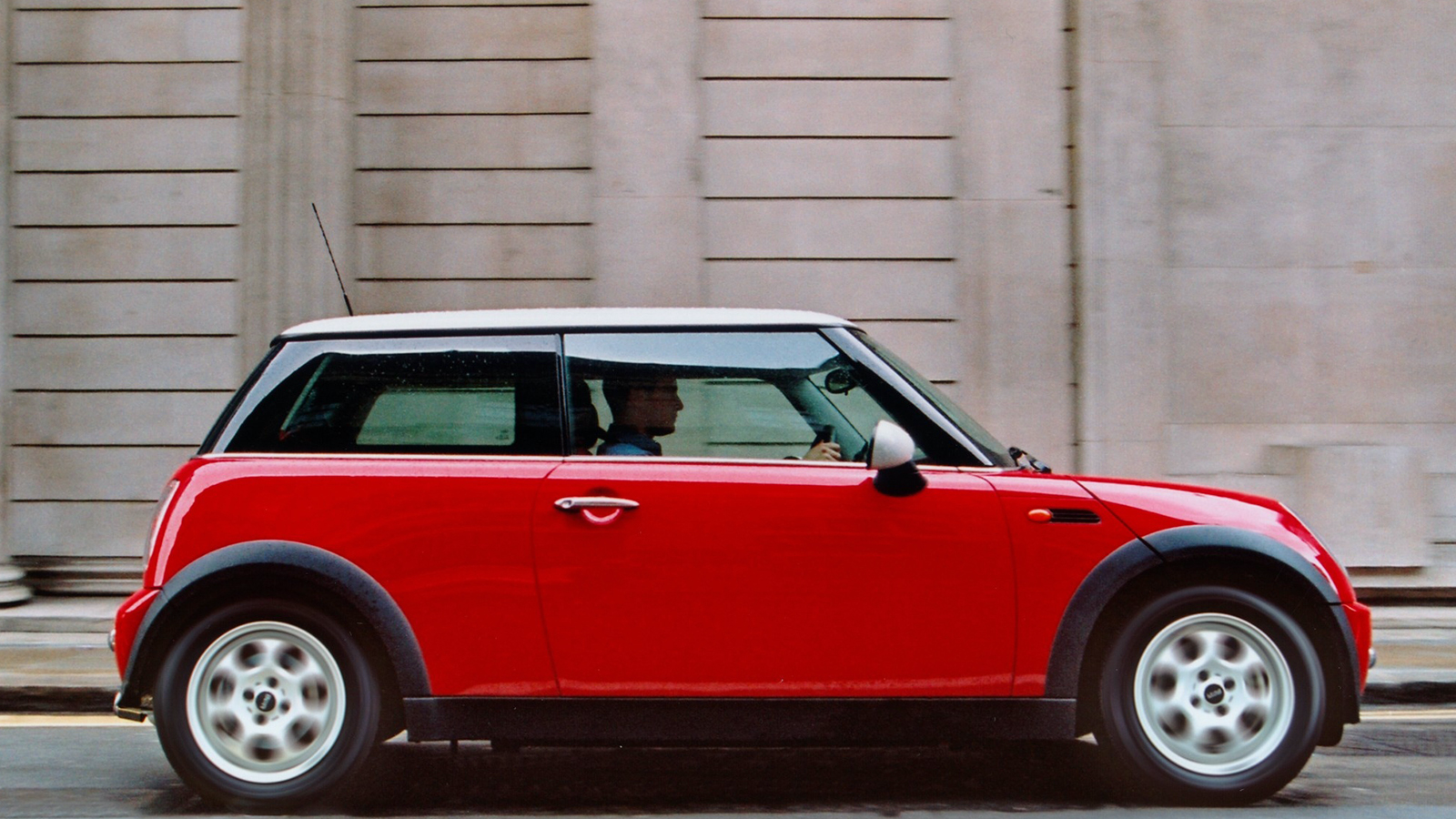 © Newspress
© Newspress -
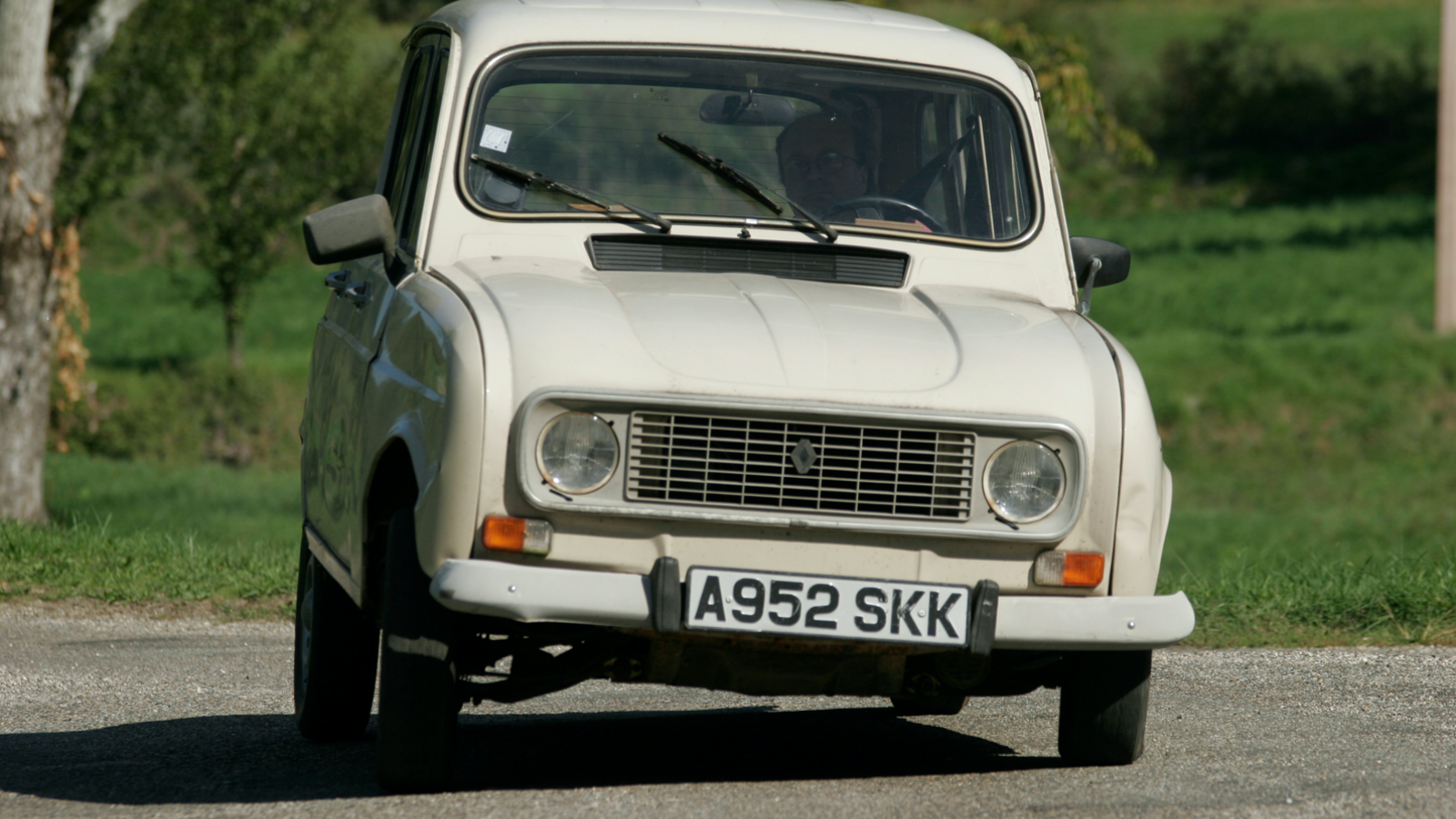 © Classic & Sports Car
© Classic & Sports Car -
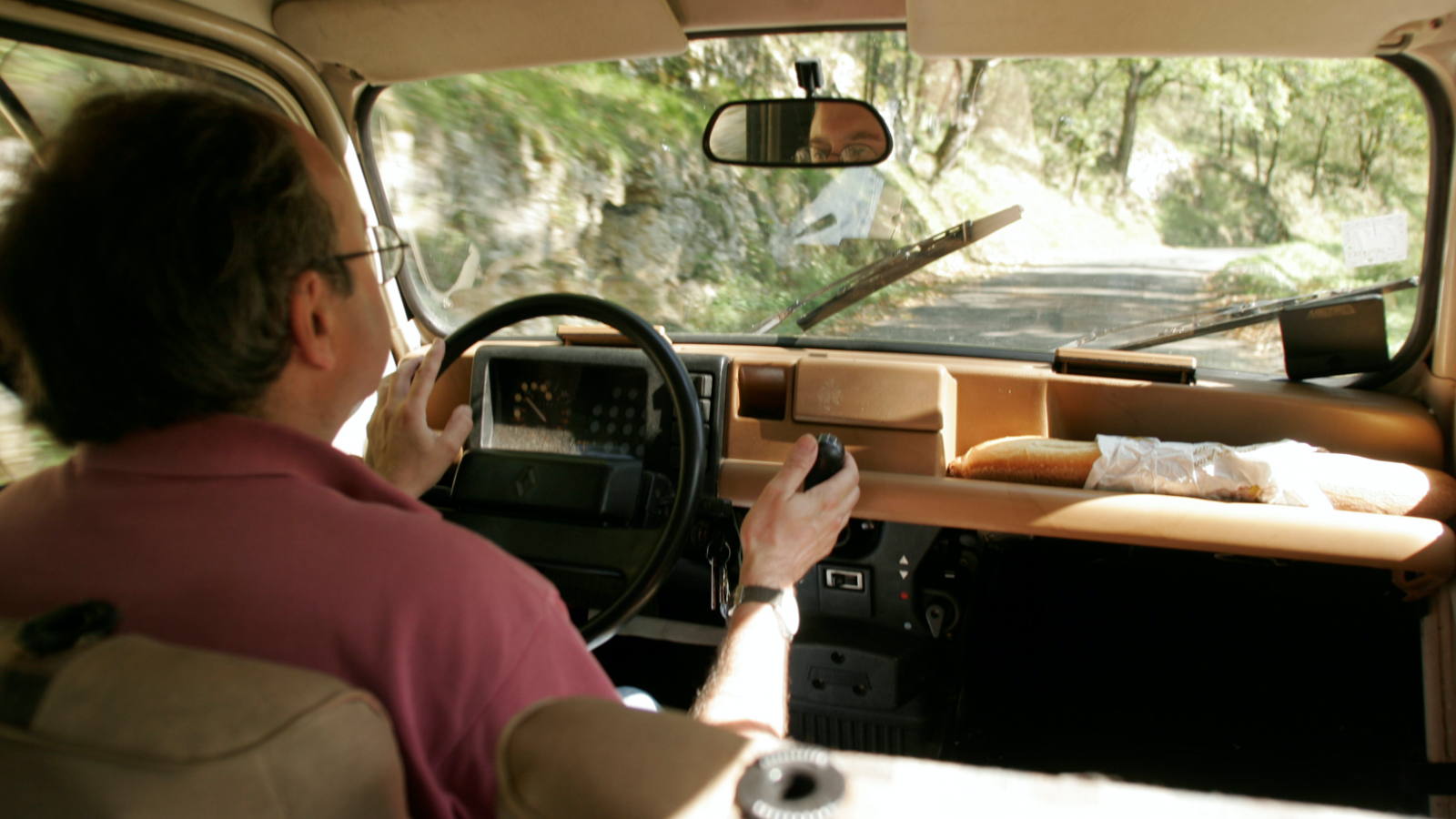 © Classic & Sports Car
© Classic & Sports Car -
 © RM Sotheby’s
© RM Sotheby’s -
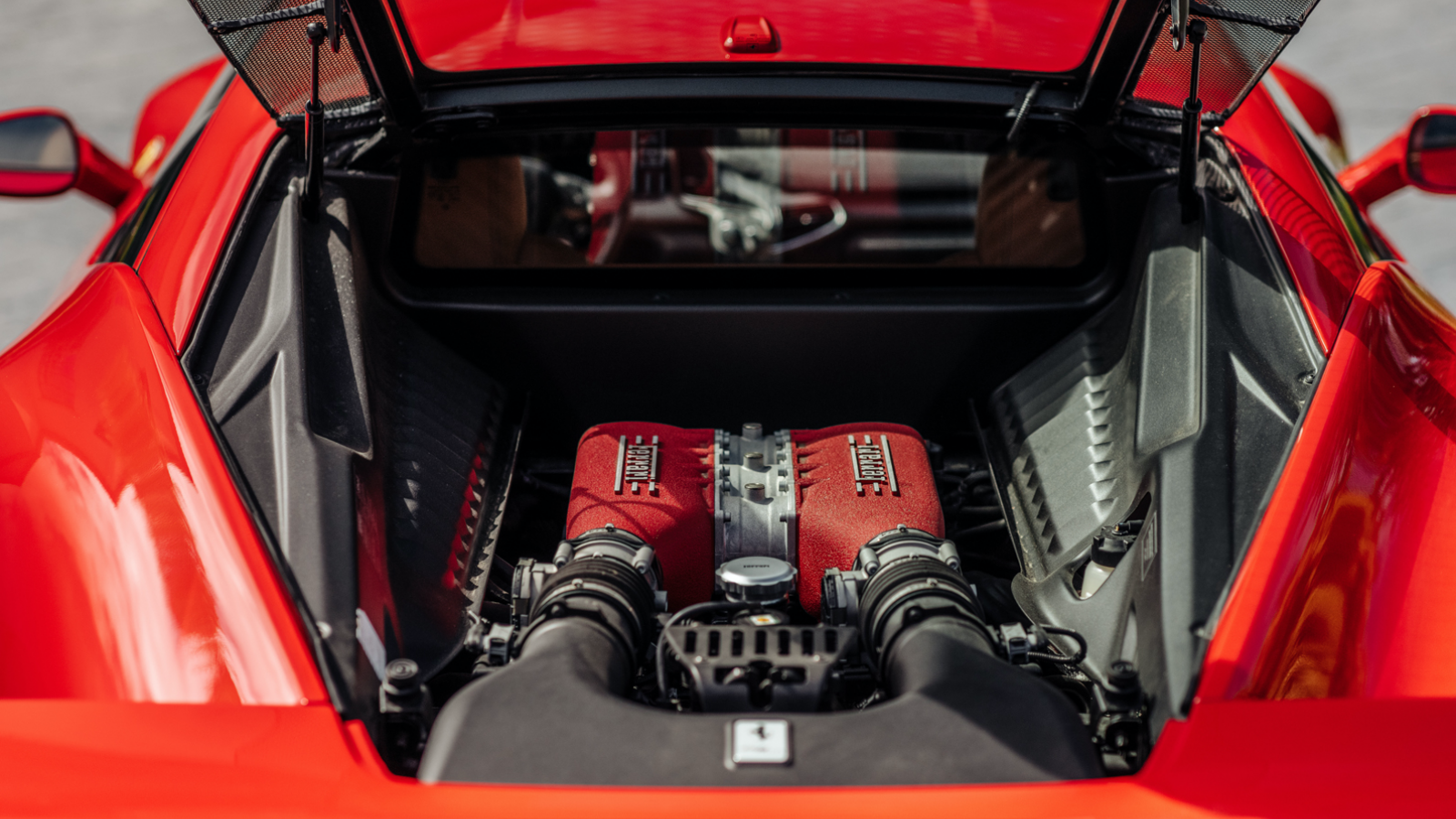 © RM Sotheby’s
© RM Sotheby’s -
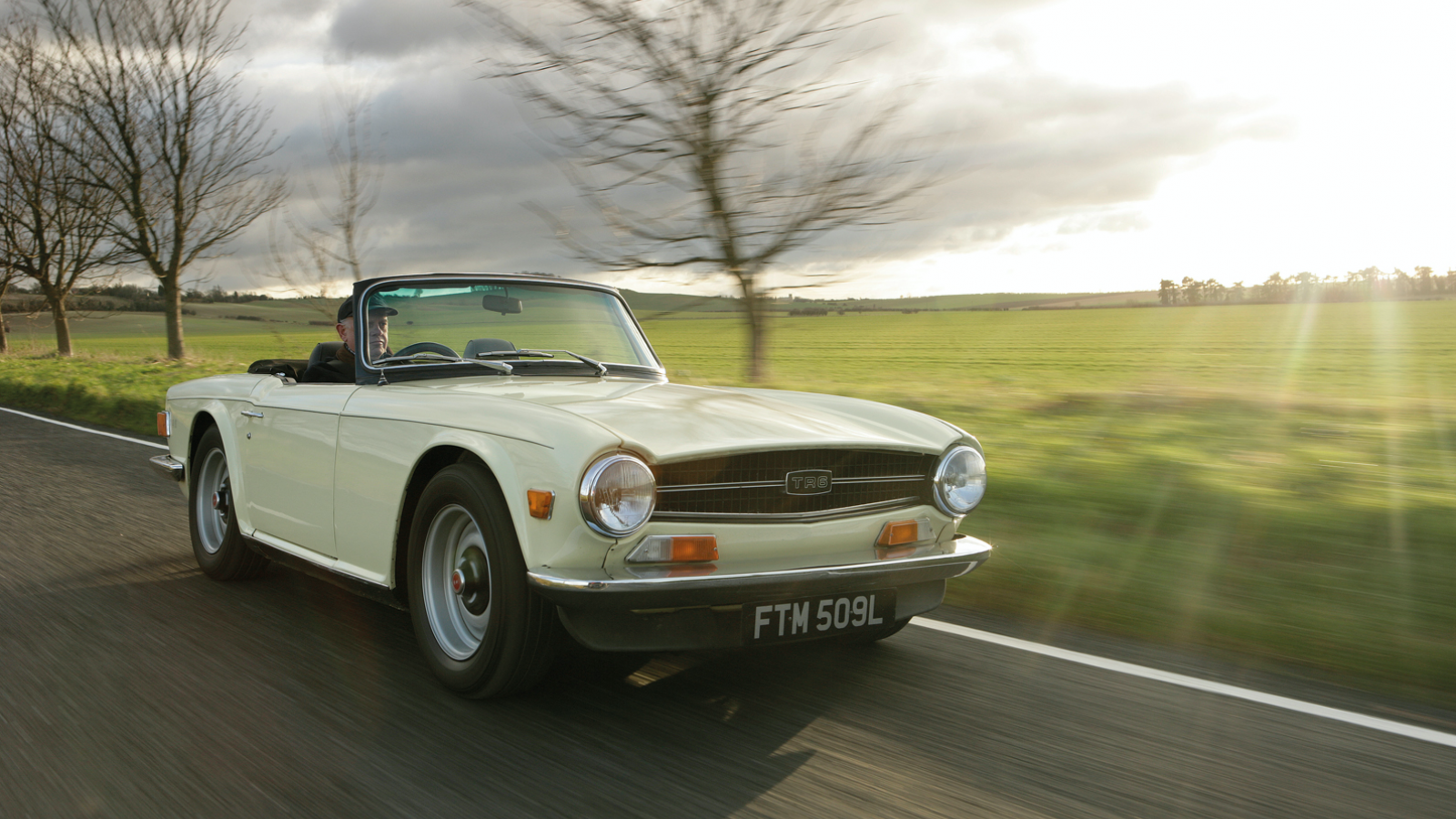 © Classic & Sports Car
© Classic & Sports Car -
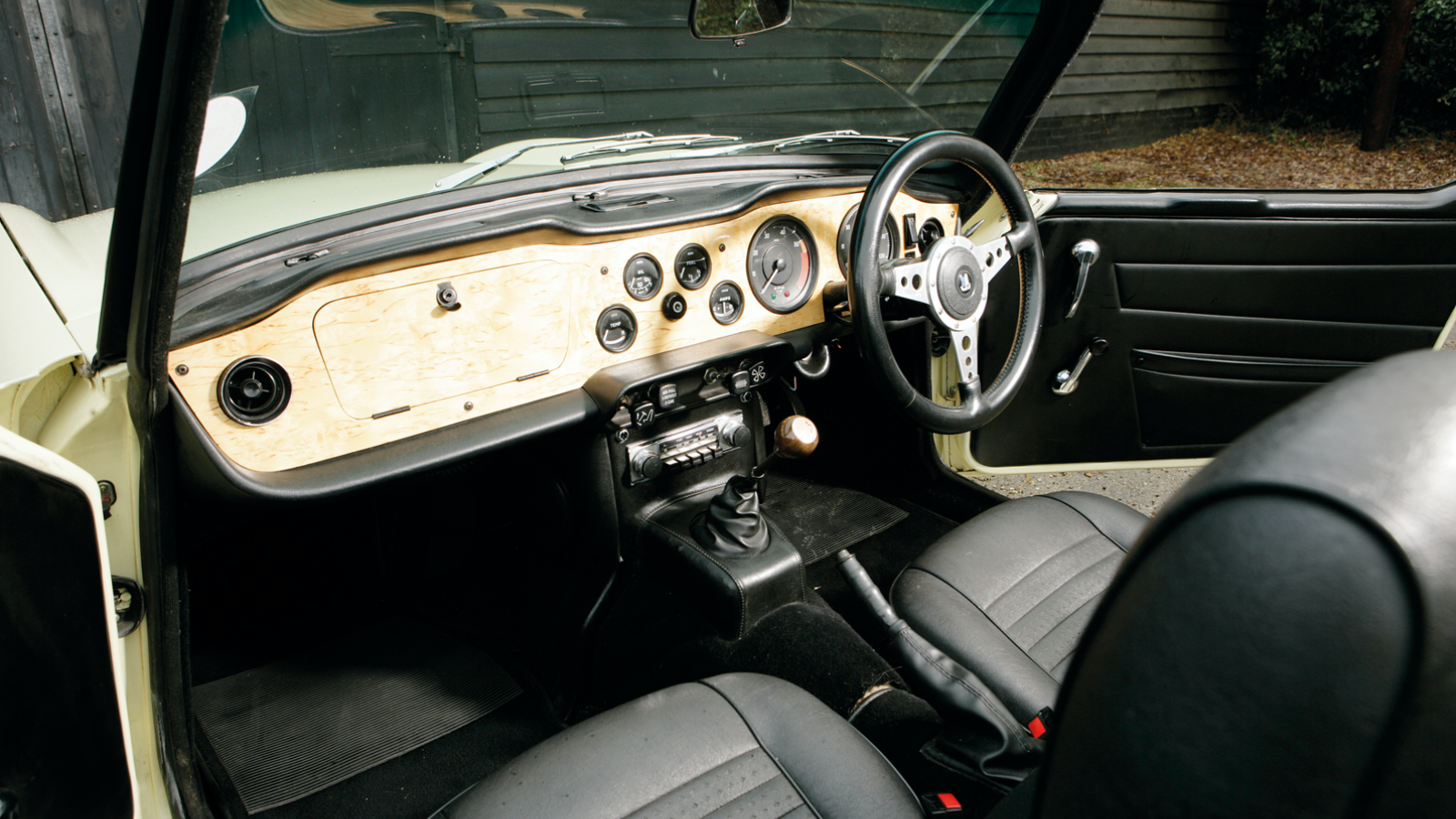 © Classic & Sports Car
© Classic & Sports Car -
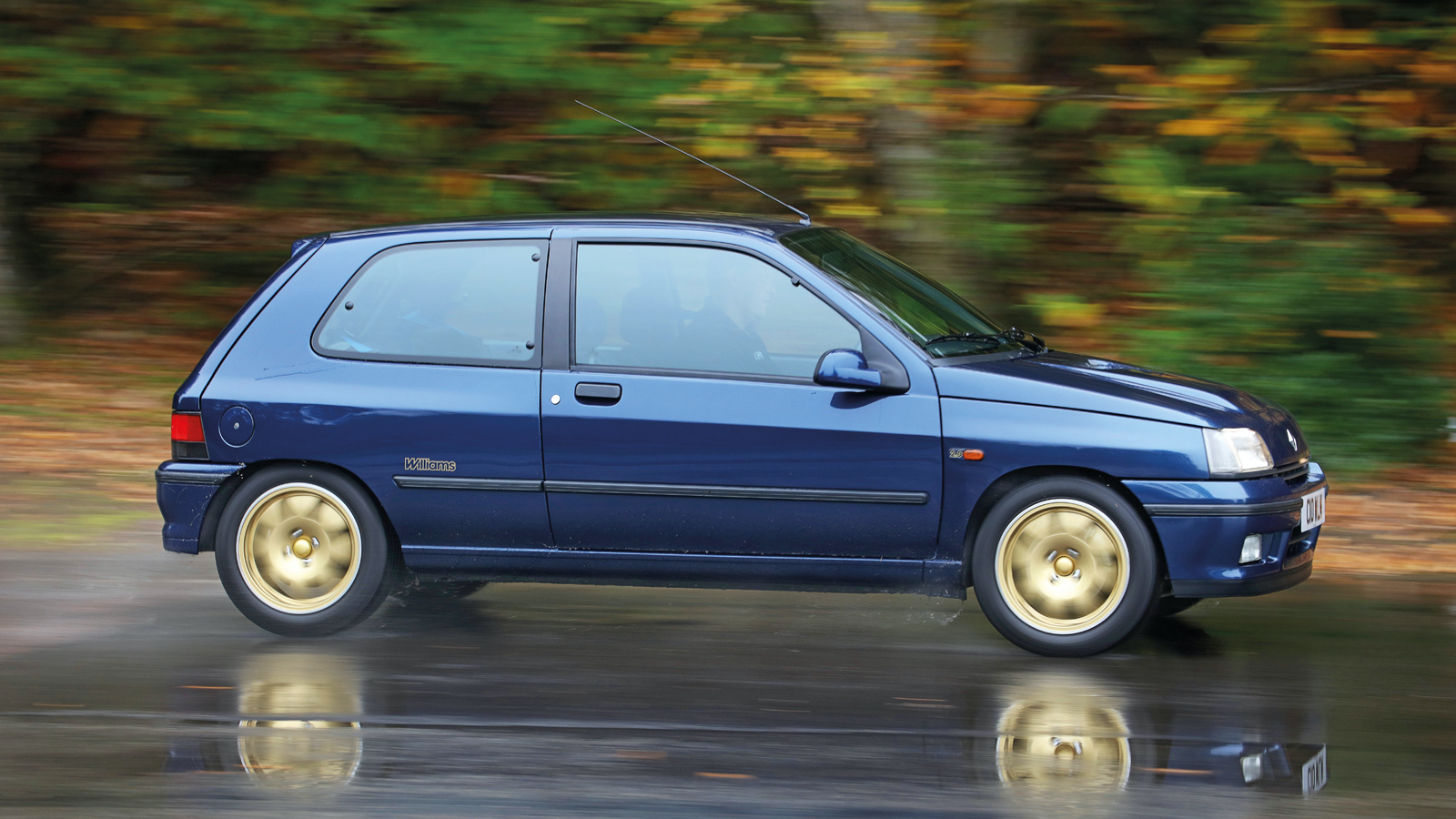 © Classic & Sports Car
© Classic & Sports Car -
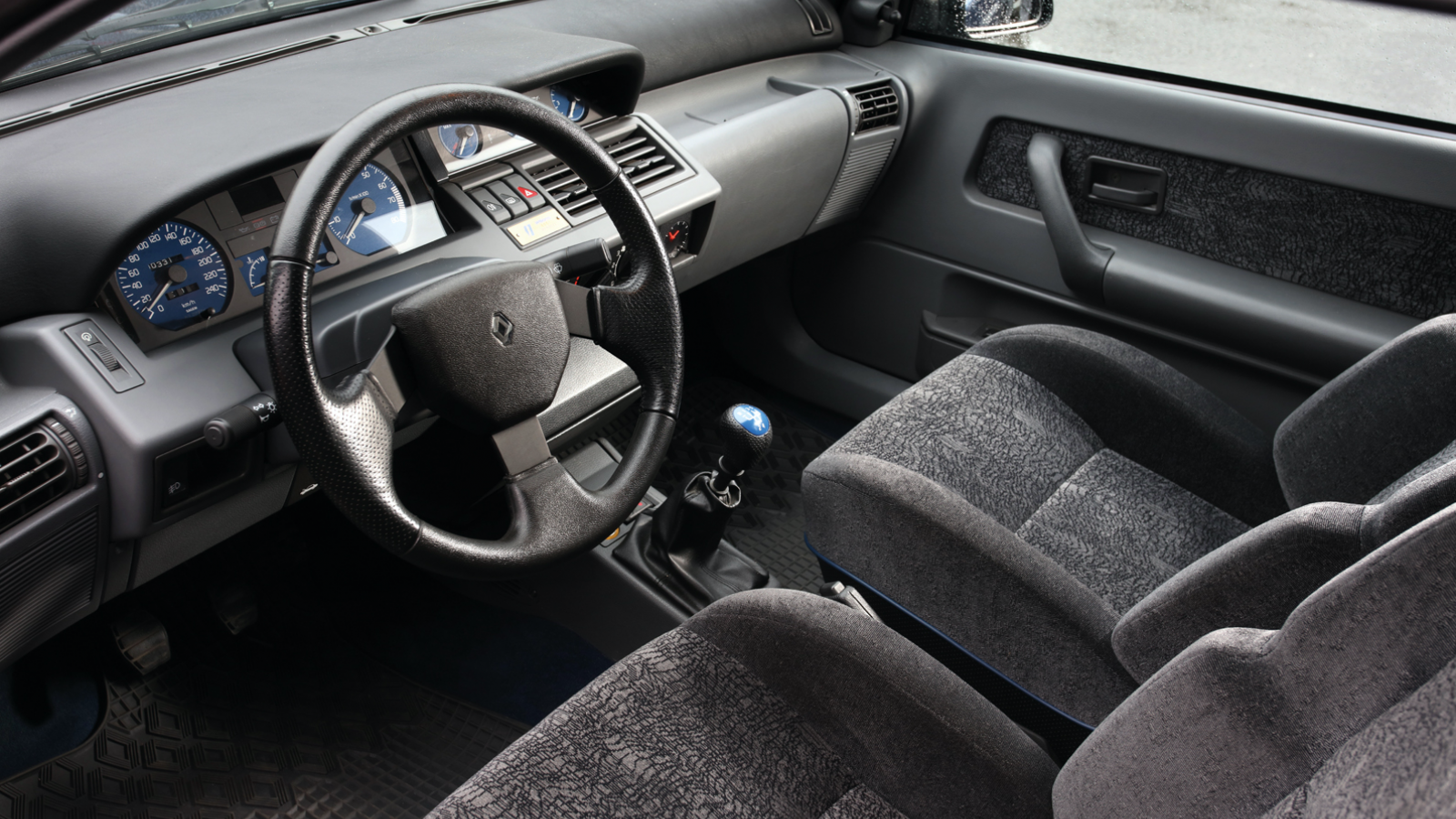 © Classic & Sports Car
© Classic & Sports Car -
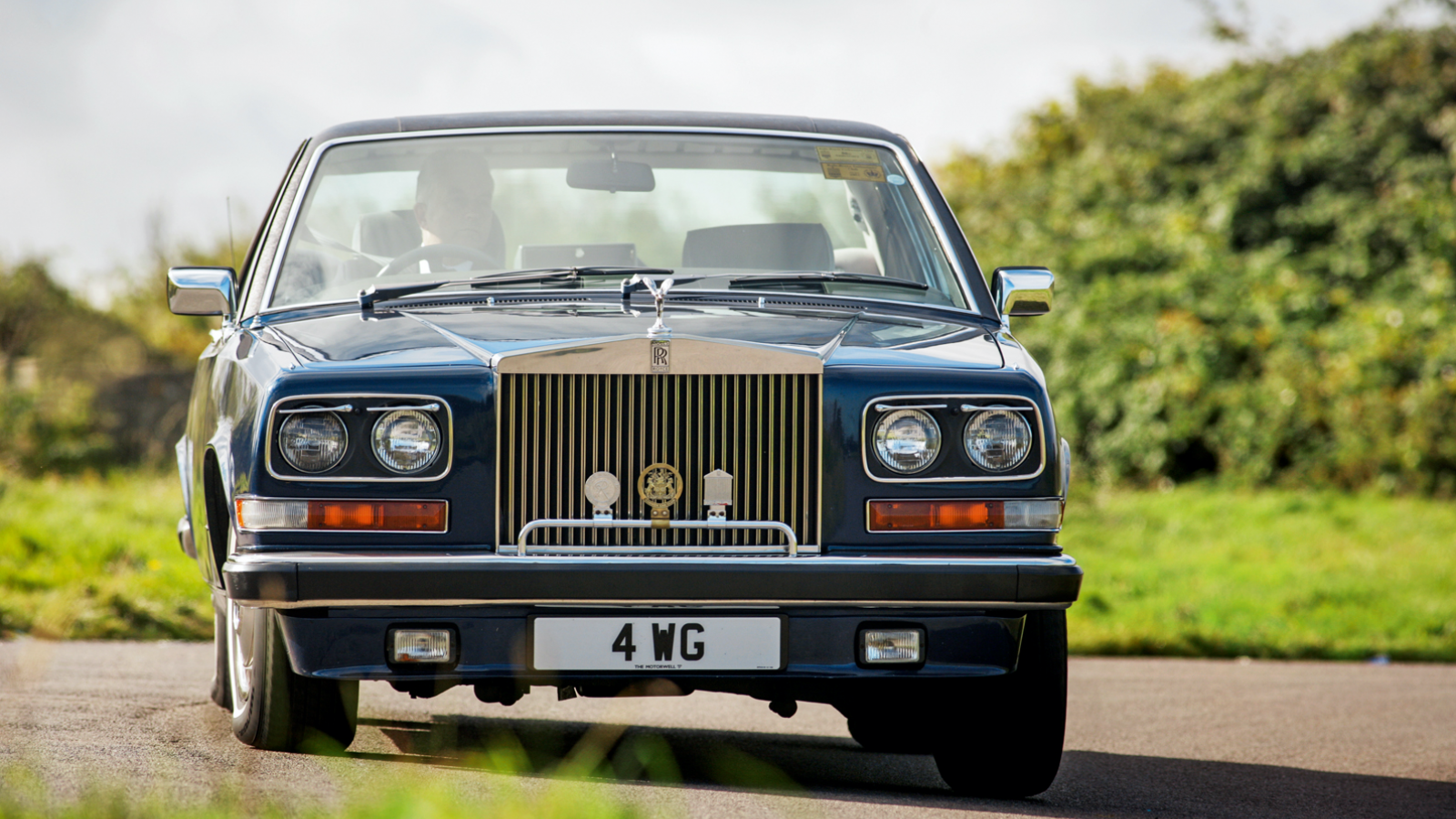 © Classic & Sports Car
© Classic & Sports Car -
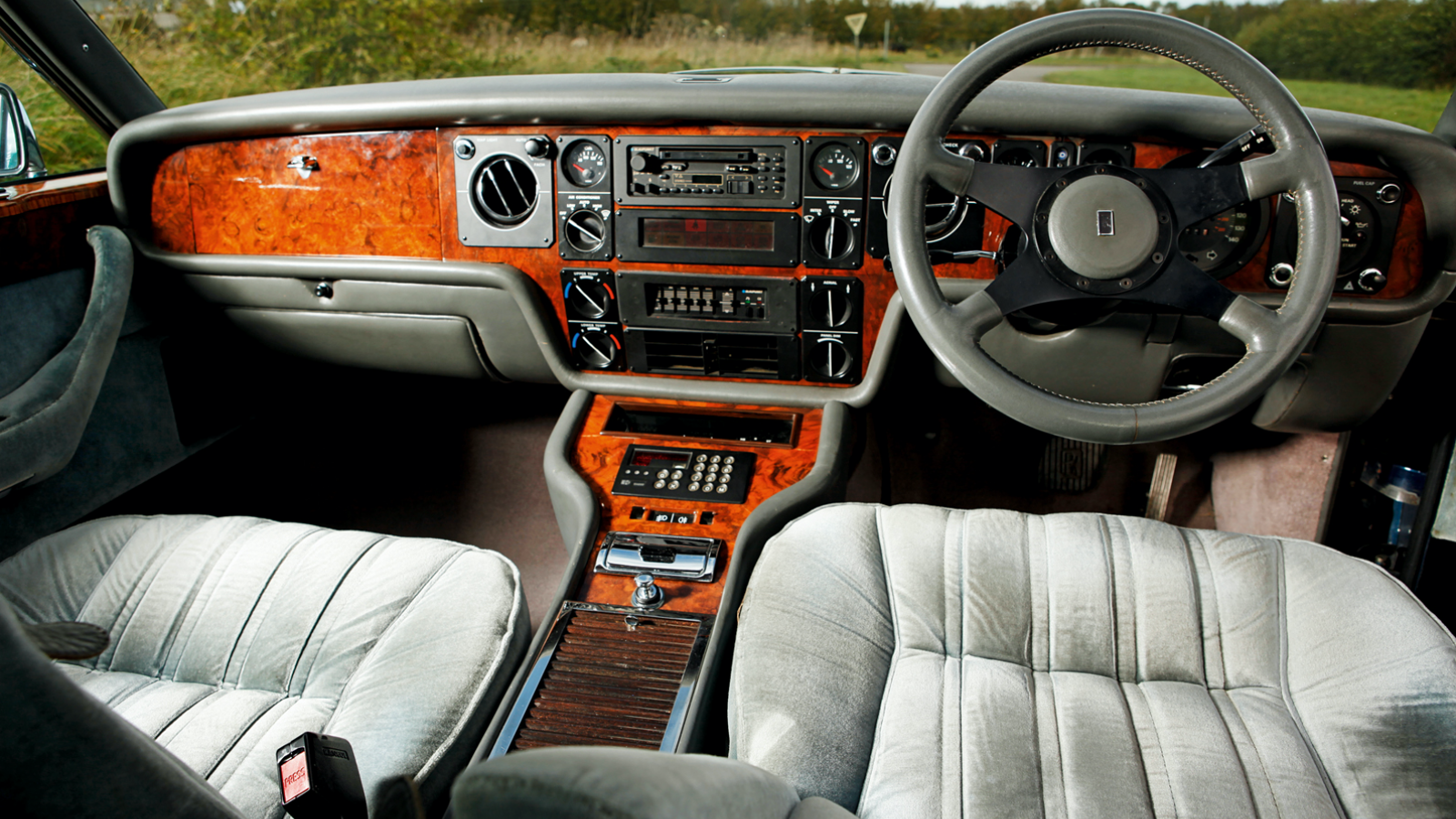 © Classic & Sports Car
© Classic & Sports Car -
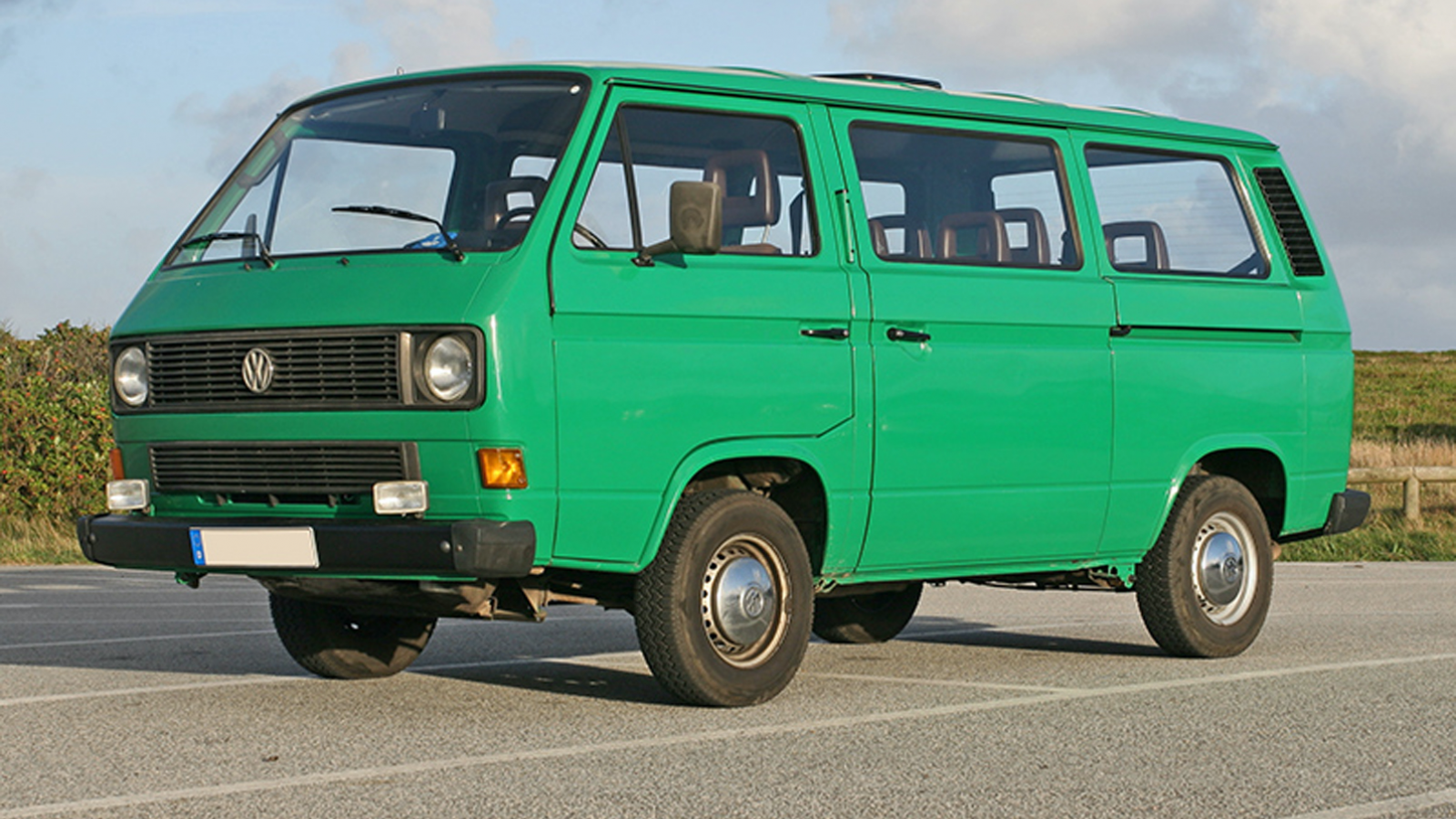 © S_SST/Wikipedia
© S_SST/Wikipedia -
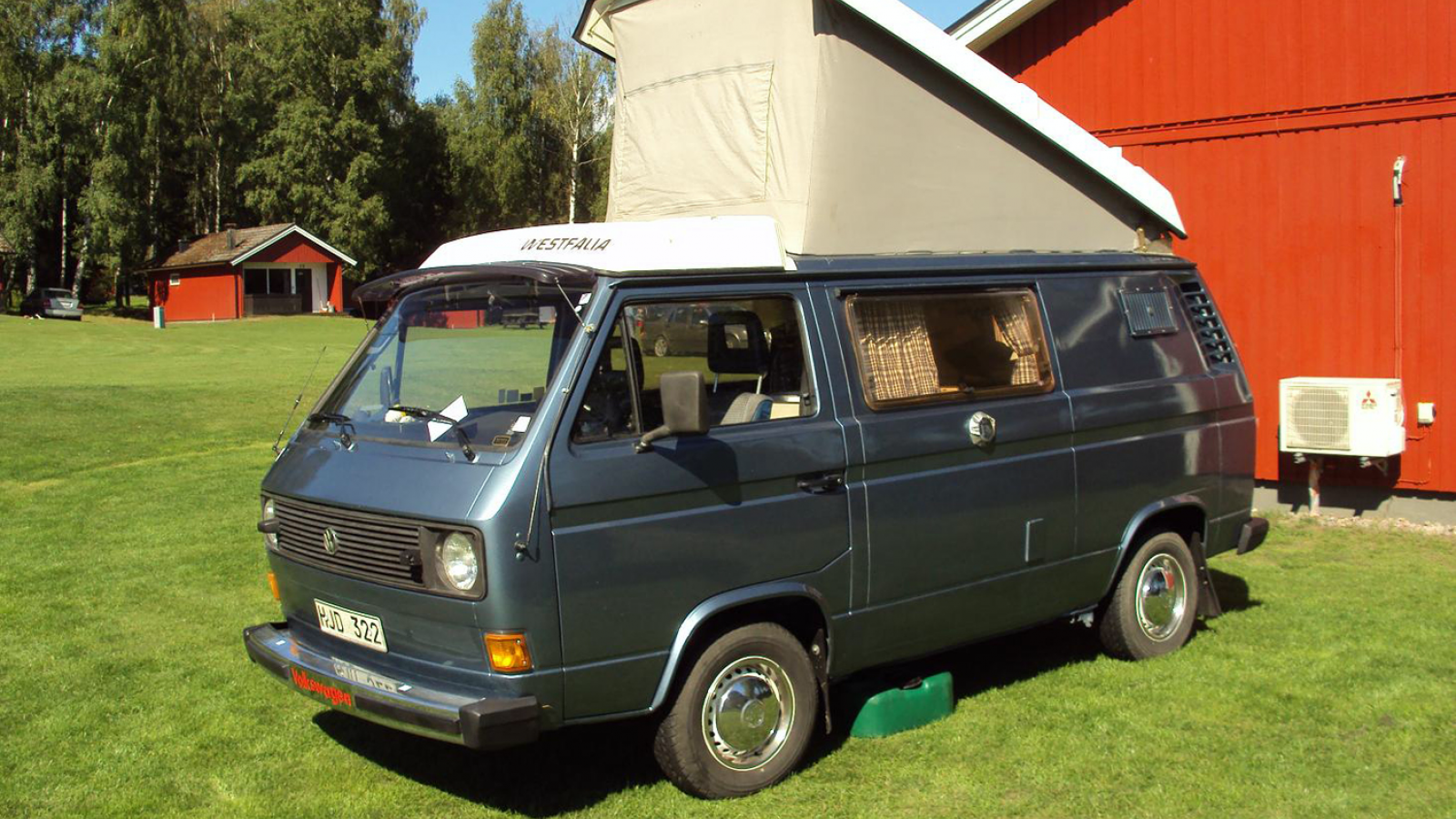 © Nakhon100/Wikipedia
© Nakhon100/Wikipedia -
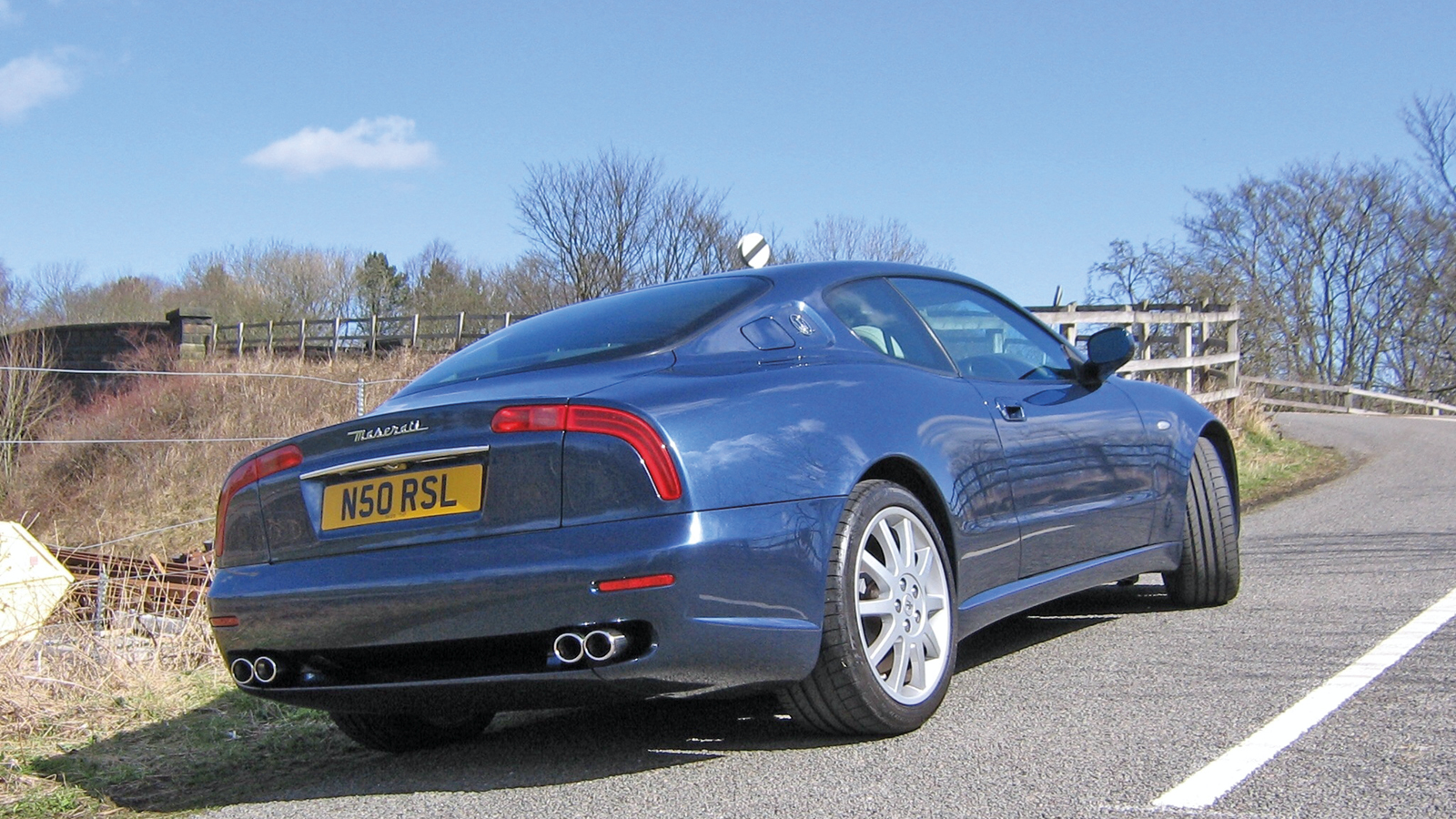 © Classic & Sports Car
© Classic & Sports Car -
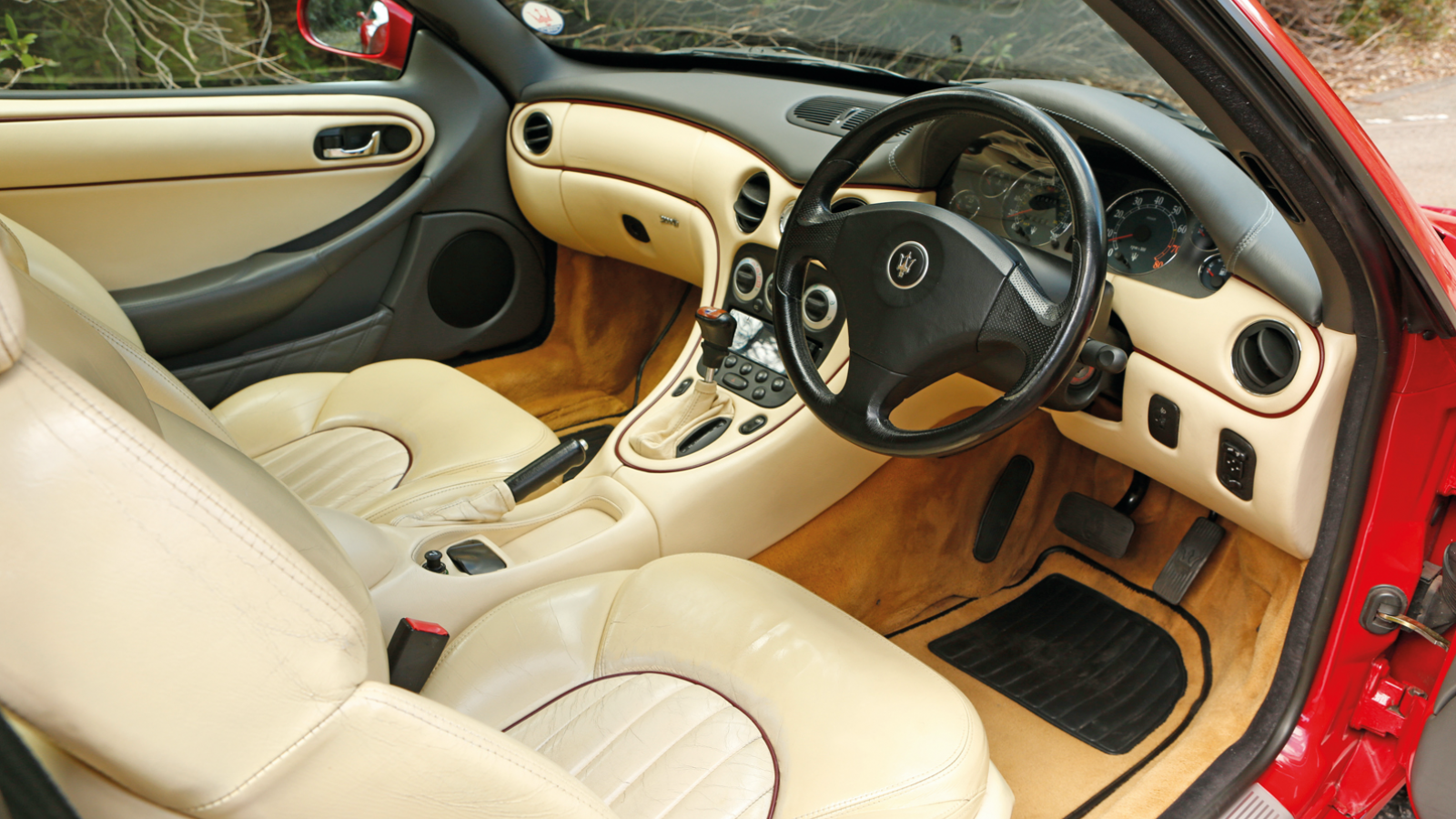 © Classic & Sports Car
© Classic & Sports Car
-
Avoiding the dreaded ‘d’ word
There’s a word that makes many car owners wince. No, it isn’t ‘service’, and it isn’t even ‘tax’. It’s one that will cost you more than those two together: ‘depreciation’.
This is the value a new car loses the moment it’s driven off the forecourt, and how much its value falls in the following years.
However, there’s a way to beat it, which you’ve probably already sussed out because you’re reading Classic & Sports Car: buy a classic. Many have lost all the value they’re going to, so as long as you look after it you could be quids in.
Better still, some are gaining value, so invest wisely, make sure you keep it in top nick, and it might end up being worth more than you paid for it.
With that in mind, the valuation experts at Hagerty have published their 2022 UK Bull Market list of cars that are fun to drive but, having crunched the numbers, they think are also among this year’s most collectible – which could help you avoid depreciation.
Let’s dive in to this top 10 that should please the head and the heart.
-
1. MG TB (1939-’40)
Let’s start by rewinding 83 years with this list’s oldest car…
Take a look at the MG TB and you could be forgiven for thinking the designers had taken a sneaky day off, then got some drawings of the MG TA, some tracing paper, and come up with a ‘new’ car that looked almost identical, save for some extra bonnet vents.
But looks can be deceiving, because the engineers responsible for the oily bits underneath the same-again looks had been much more industrious.
-
MG TB (cont.)
They had designed a game-changing 1250cc engine that was not only smaller than the one in the old car, but also vastly more powerful.
Indeed, the TB had the performance to cruise at 70mph.
It’s just a shame that it first emerged from the factory in 1939, and MG had managed to build just 379 before the start of WW2.
-
2. Porsche Boxster Mk1 (1996-2004)
It’s fair to say that Porsche’s history has quite often resembled the trace from a heart-rate monitor, with numerous ups and downs. And in the early 1990s, the company was almost flatlining.
Then it came up with the Boxster, which was its first dedicated roadster since the 914 of 1969.
It was powered by a 2.5-litre flat-six mounted in the middle of the car and driving the rear wheels, although this would later be increased to 2.7 litres, while more potent S models had a 3.2-litre flat-six.
-
Porsche Boxster Mk1 (cont.)
Buyers could not get enough of it, and so the Boxster was soon christened as ‘the car that saved Porsche’ (again).
Values have fallen to the level that make the Boxster an affordable classic, and ever-decreasing numbers mean they are only set to go one way.
-
3. Mini Cooper hatchback (2000-’06)
What were they thinking? Reinventing a motoring icon that had been around for 41 years was surely the very epitome of the phrase ‘hiding to nothing’.
But no – the Mini hatch was such a clever reinvention of the formula that buyers loved it. BMW was able to sell every one it could build.
The car was a neat mix of modern technology and traditional style, with a centrally mounted speedometer and toggle switches for various functions.
-
Mini Cooper hatchback (cont.)
The 113bhp 1.6-litre engine gave the Cooper model enough verve to be interesting, while engineers gave the car a suspension-and-steering set-up that recalled the engaging handling of the original classic Mini.
As with every new car, depreciation brought down values, but we’ve now hit a stage where this generation of Mini hatchback is falling in numbers, so good ones are becoming sought after – especially because this is where BMW’s Mini story began.
-
4. Renault 4 (1961-’94)
Back in the late 1950s, Renault was envious. It could see all the love Citroën was getting for its 2CV, and it could also see the car’s shortcomings, so it hatched a plan to usurp the 2CV. The Renault 4 was that plan, and was a huge success.
Admittedly, the styling was quite rudimentary, but it gave buyers loads of space and practicality.
-
Renault 4 (cont.)
Long-travel suspension made it comfortable even over the rougher roads of rural France, and there was little else to go wrong.
There aren’t many around, at least here in the UK, so you’ll do well to find one. But if you do it’s likely only going to go upwards in value, because buyers are still very keen to experience its simple joie de vivre.
-
5. Ferrari 458 Italia (2009-’15)
The Ferrari 458 Italia was a car of firsts and lasts.
For a start, it was the first Ferrari with a mid-mounted V8 engine to feature direct fuel injection. It was also the last Ferrari with a mid-mounted V8 engine to feature natural aspiration; emissions regulations have meant that everything since has had a turbocharger attached.
Performance from the 4.5-litre motor is suitably vicious, with 0-60mph in less time than it takes to say: “Blimey, that’s qu…!”, and the top speed is on the far side of 200mph.
-
Ferrari 458 Italia (cont.)
The paddleshift gearbox swaps cogs in an instant, and the hyper-quick steering (which takes a little getting used to) is designed for hunting out apexes. Just as well the rest of the chassis generates the huge grip necessary to keep up.
The Ferrari’s interior feels beautiful and is full of tech, although this isn’t exactly the last word in usability.
Better still, used prices are on the up, and buyers are keen to get their hands on the 458.
-
6. Triumph TR6 (1968-’76)
‘Brio’. ‘Butch’. ‘Hairy-chested’. These descriptions have all been applied to the Triumph TR6 in the decades since its launch.
No wonder the TR7 was such a disappointment to TR6 fans.
The TR6 was long seen as the archetypal British open-top sports car, because it had a 2.5-litre straight-six up front, driving the rear wheels through a four-speed manual gearbox.
-
Triumph TR6 (cont.)
It was designed to accelerate quickly, although an overdrive was optional to make higher-speed cruising that bit easier, too.
The TR6 remains as popular today as ever, and values remain constant at the very least.
Buy one, enjoy it and take care of it, and there is a good chance there will be a queue of buyers just waiting to take it off your hands.
-
7. Renault Clio Williams (1993-’95)
This is our second entry from Renault – and if you’re going to partner with a Formula One team at the zenith of its powers then you might as well make the most of it.
It would be tempting to think of it as simply a badge-engineering exercise, but in fact Renault wanted to go rallying with the Clio, so had to develop a homologation special. In the process, it came up with one of the best, most enduring hot hatchbacks ever.
First of all, the spicy Clio 16v of the time was a brilliant basis, but it gained various bits and bobs from the Clio Cup racing hatches of the time, plus that incredibly cool Metallic Sports Blue paintwork and beautiful gold Speedline alloy wheels.
-
Renault Clio Williams (cont.)
The first batch of 3800 cars sold out extremely quickly indeed, so the company issued the Williams 2 and Williams 3 versions, eventually completing 12,000 cars.
However, many were turned into race cars, so the number left is considerably lower – which, in 2022, hardly hurts the models’ desirability and potential for appreciation.
-
8. Rolls-Royce Camargue (1977-’86)
Back in the 1970s, anyone who cared to trawl the data pages of What Car? would usually find the Rolls-Royce Camargue as the last car listed in the ‘price order’ section, because it was the most expensive car in the world.
It stands to reason, because even today coupés tend to be more expensive than their four-door counterparts, and so it was in the world of Rolls-Royce.
It was designed by Italian styling house Pininfarina and was marketed as having the world’s first split-level air-conditioning system – a precursor to today’s climate control.
-
Rolls-Royce Camargue (cont.)
The rest of the car was suitably sumptuous. The carpets had seemingly ankle-deep pile, the wood was beautifully turned and the controls all operated with a slick precision. The dashboard looked like something from a private aircraft, too.
It could be argued that the Camargue’s styling is ‘challenging’, or even ‘compromised’, but collectors do like them, which means values aren’t going to sink any time soon.
-
9. Volkswagen T3/T25 (1979-’92)
The world was all about straight lines in 1979. Gone was the love for soft-edged hippy transport, replaced by a desire for sharp edges you could cut yourself on.
Everything was straight-edged – think Aston Martin Bulldog, Mercedes-Benz G-Wagen, Vauxhall Astra Mk1. And so was the then-new Volkswagen T25, a replacement for the Type 2 that had been around since 1967.
Underneath the modern styling remained an air-cooled boxer engine, although this gained water cooling from 1983.
-
Volkswagen T3/T25 (cont.)
VW campervans have never been unpopular, but this generation has gradually grown more popular in the past couple of years, especially as people have discovered the delights of a home-from-home on a COVID-enforced ‘staycation’.
Indeed, the VW appeals to a young customer base these days, harking back to the model’s heyday as a way to get suitably ‘relaxed’ folks from festival to festival.
This could be a classic for making memories as well as money.
-
10. Maserati 3200GT (1998-2002)
“Which Maserati are you talking about?” “You know, the one with the boomerang lights at the back.”
At which point, recollection is instant.
Everyone knows the Maserati 3200GT because at the time it had one of the most unusual looking rear ends in the business. Not only that, the 3200GT was the first car in the world with LED tail-lights.
And proving that style is timeless, it still looks fantastic in 2022.
-
Maserati 3200GT (cont.)
Up front was a 3.2-litre twin-turbo V8 that drove the rear wheels through a six-speed manual gearbox or (later) a four-speed automatic.
The car was dogged initially by rumours of unreliability, but most of the glitches should have been sorted out by now, and the 3200GT is finding a new army of enthusiasts.
And being a high-performance model from an evocative, history-rich marque means it definitely has investment potential – and in the meantime it’ll be great to drive.
